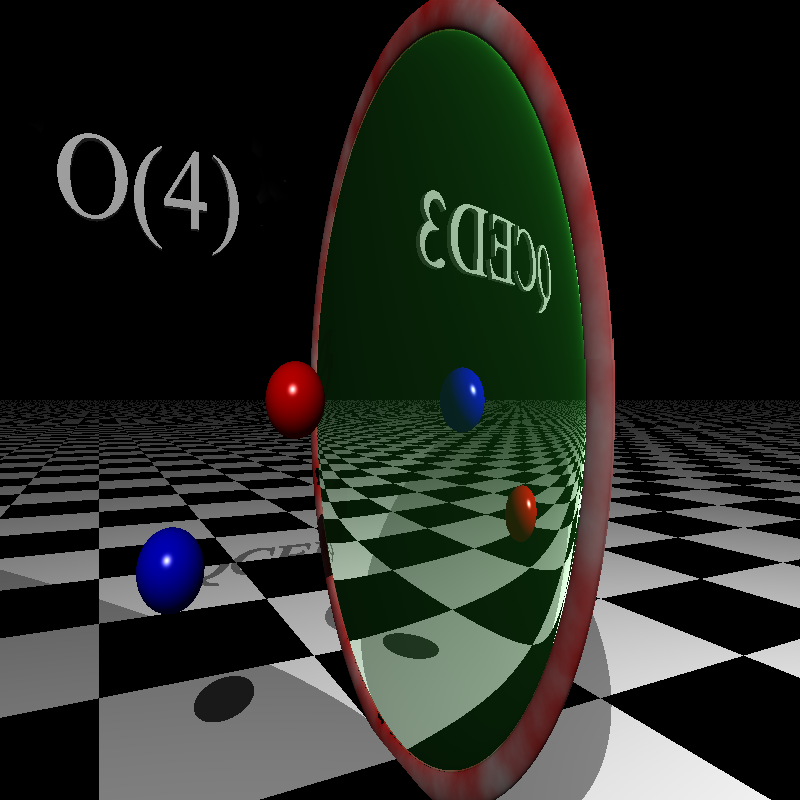Challenge to a dual
Duality mapping is a powerful tool in high-energy, condensed matter, and statistical physics that establishes a connection between seemingly unrelated theories. In a nutshell, local observables of one theory are mapped onto spatially extended objects of the twin dual theory and vice versa. In some cases, especially in many-body problems involving strongly interacting particles, such duality mappings provide the only way to solve a problem, since their dual counterparts are theories with small coupling constants.
In a paper appearing in Physical Review B, Michael Hermele from the University of Colorado in the US proposes a new duality transformation that connects two distinct models—quantum chromoelectrodynamics in three space-time dimensions, or QCED3, and the Φ4 Ginzburg-Landau model with O(4) symmetry—both of which can be applied to understanding the behavior of frustrated planar antiferromagnets, such as Cs2CuCl4 or κ- (ET)2Cu2(CN)3. An unusual and valuable property of the duality found by Hermele is that the theories on both ends of the duality mapping are susceptible to perturbative analysis, which could be important for understanding the nature of the phase transitions and the critical behavior of these systems.
Beyond the applications to frustrated quantum antiferromagnets, these results are interesting in a wider context: Applied to other lattice spin models, the procedure suggested by Hermele might lead to a class of new duality transformations. Potentially, this duality will lead to a greater understanding of related fermionic theories such as QED3 (quantum electrodynamics in 2+1 dimensions), which was suggested as one of the candidates for the effective theory of the pseudogap phase in cuprate superconductors. – Ashot Melikyan





